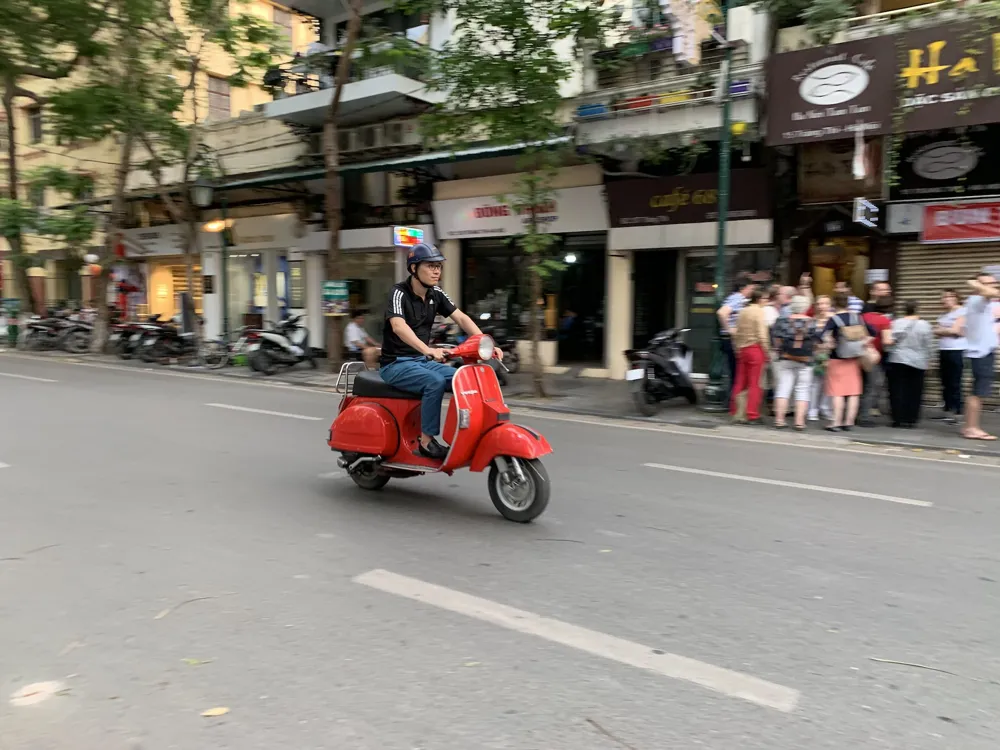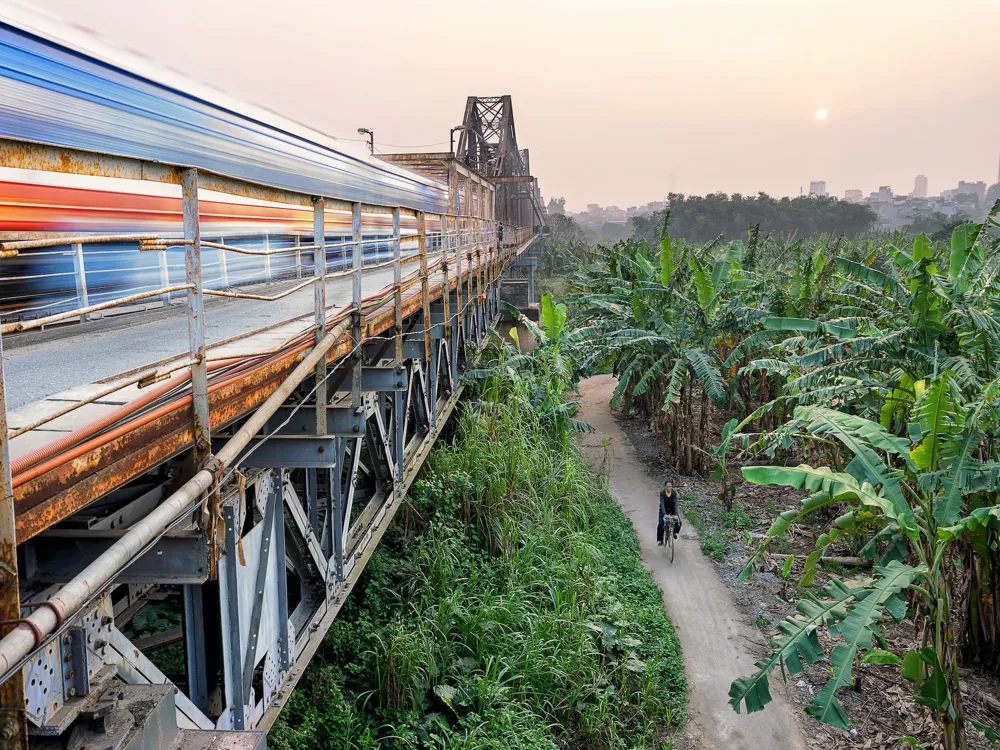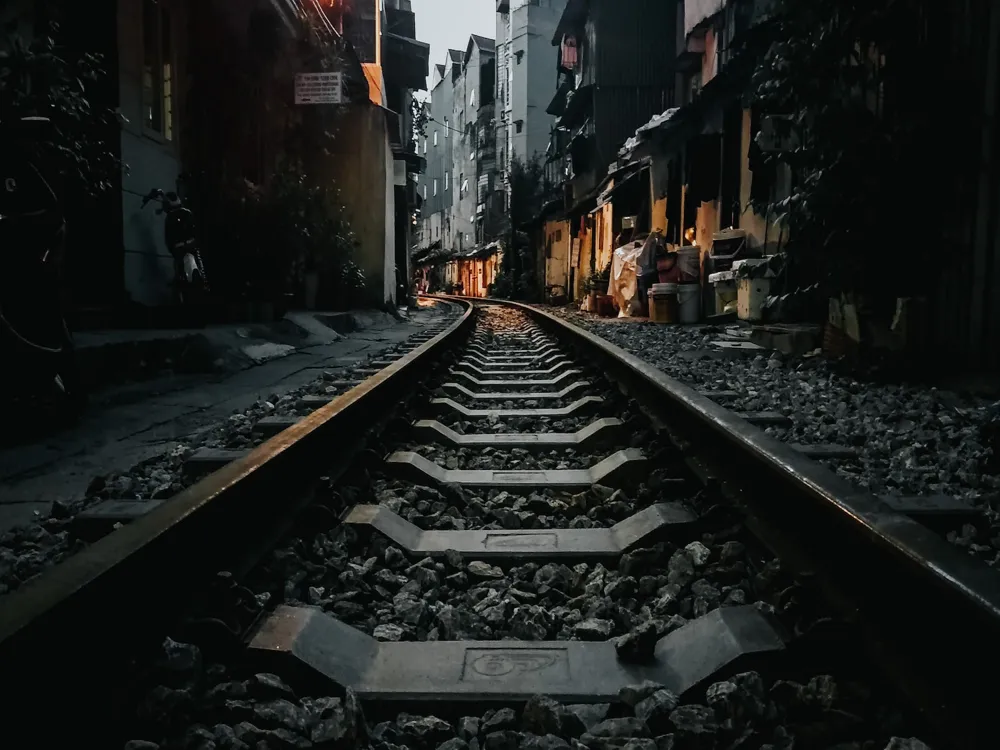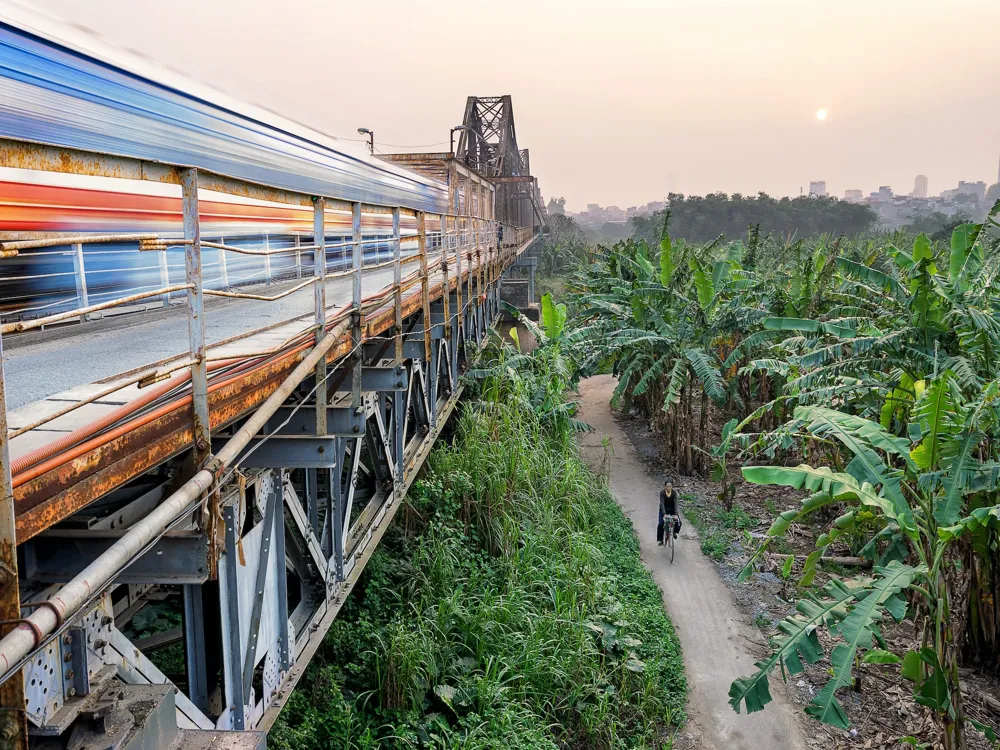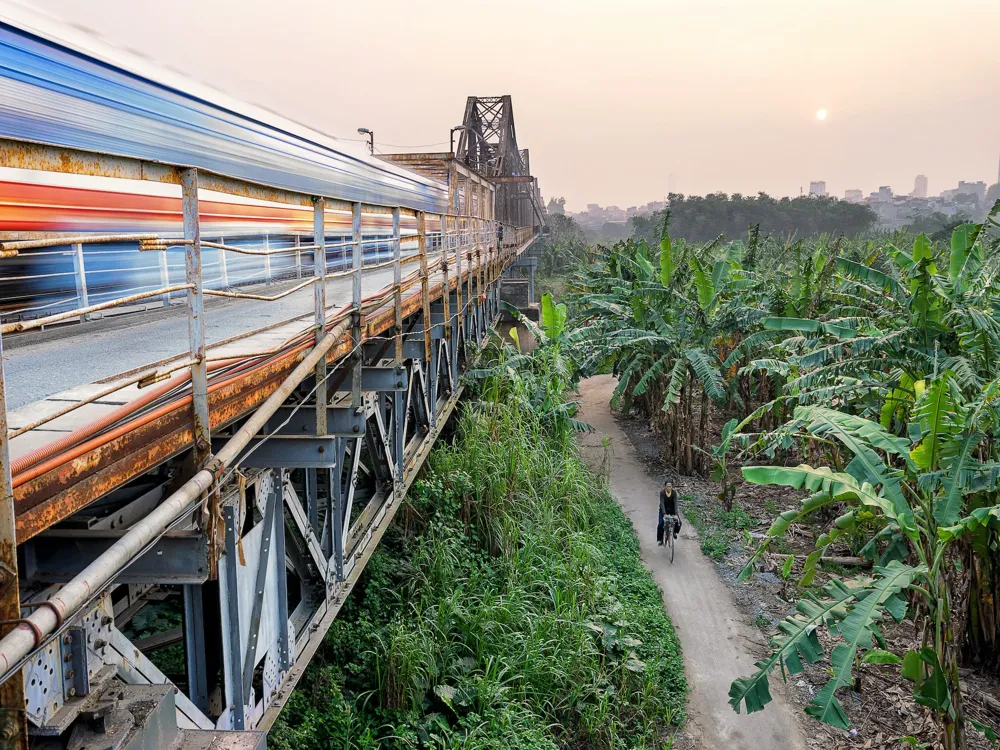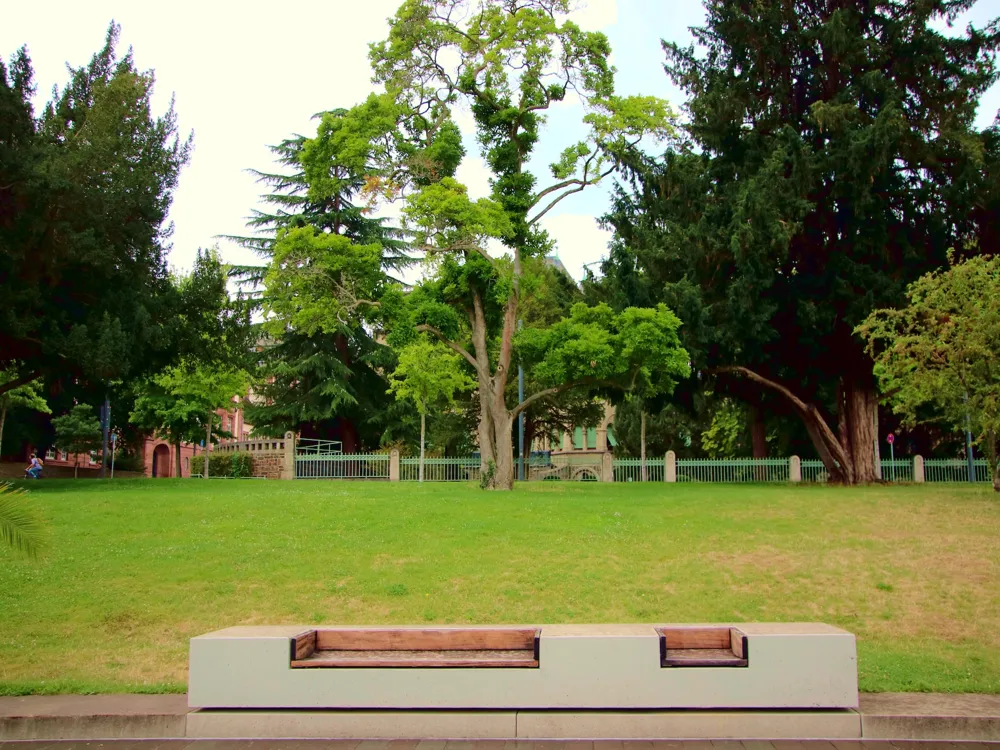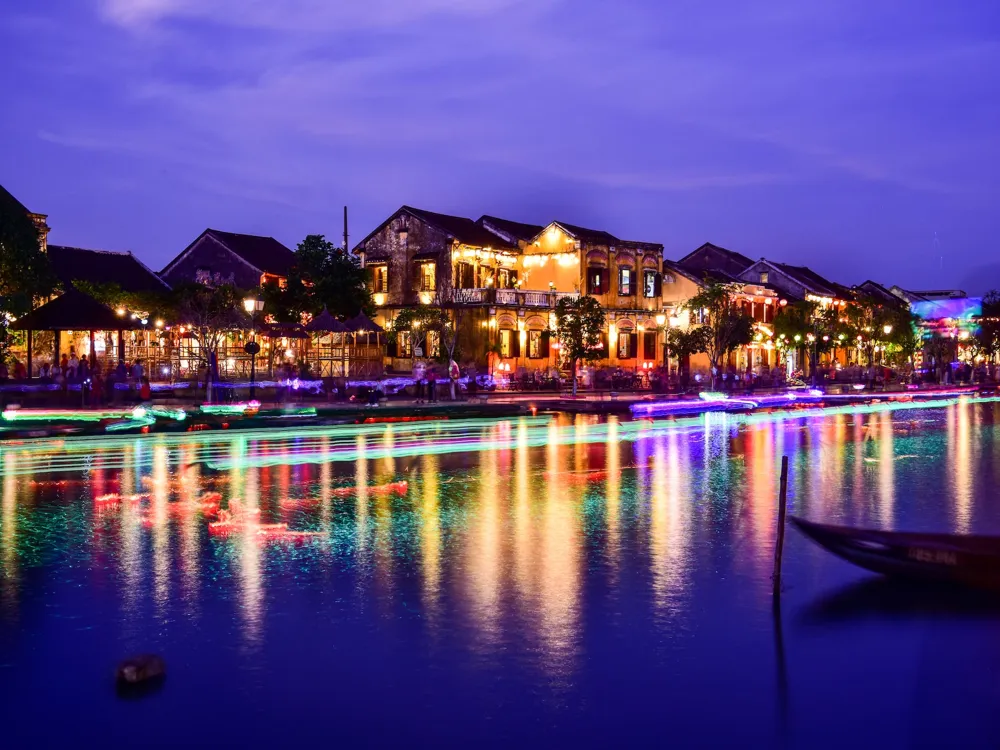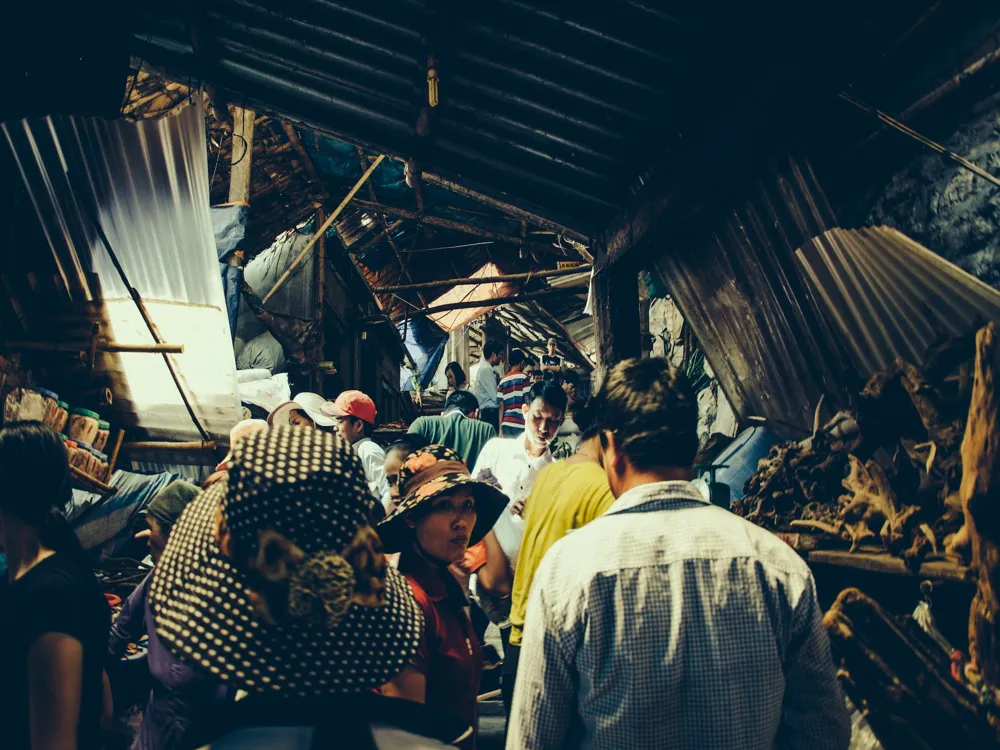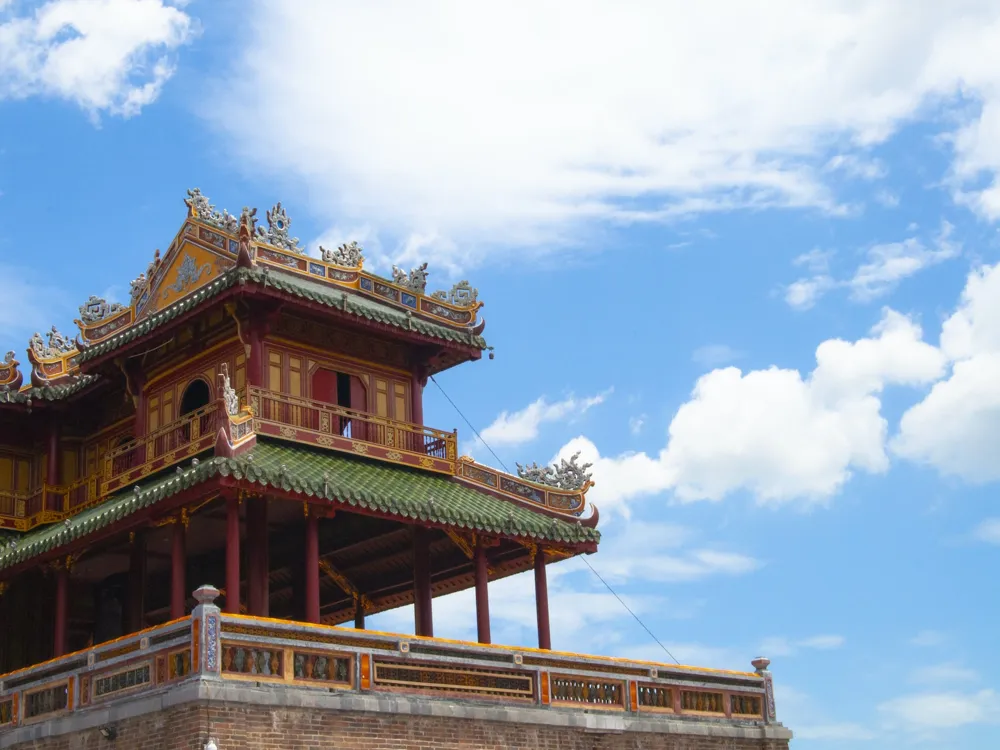Hanoi, the capital city of Vietnam, stands as a testament to centuries of history blending with modern development. This vibrant city, located on the banks of the Red River, is not just the political heart of the country but also a cultural and historical melting pot. With its origins dating back over a thousand years, Hanoi is a fascinating blend of East and West, combining traditional Sino-Vietnamese motifs with French colonial influences. The city is characterized by its bustling streets, ancient temples, and a unique blend of architectural styles, which reflect its historical layers. The city's soul is best experienced through its lively street markets, serene lakes, and rich cuisine that ranges from street food to high-end restaurants. Hanoi's bustling Old Quarter is a maze of narrow streets and alleyways, filled with shops, cafés, and vendors selling everything from silk to local delicacies. Meanwhile, the city's numerous museums and theaters offer a glimpse into Vietnam's history and culture. Hanoi's charm lies in its ability to blend the old and the new, creating an environment that's both deeply traditional and dynamically progressive. The architecture of Hanoi is a complex tapestry reflecting its historical fluctuations and cultural amalgamations. It's a city where architectural styles intertwine, narrating the stories of different eras. From ancient temples and pagodas that echo the city’s spiritual and philosophical beliefs, to French colonial buildings that speak of a time of foreign influence, Hanoi's architecture is a living museum of its history. One of the most notable aspects of Hanoi's architecture is the prevalence of traditional Vietnamese motifs in its temples and pagodas. These structures often feature intricate carvings, multi-tiered roofs, and a harmony of natural elements, embodying the Vietnamese ethos of living in balance with nature. The city's historic Old Quarter, with its narrow streets and ancient shophouses, showcases the typical Vietnamese urban architecture, where functionality and aesthetics merge seamlessly. On the other hand, the French colonial era left a significant imprint on Hanoi's cityscape. Wide boulevards, grand state buildings, and elegant villas with European flair coexist with traditional Vietnamese structures. This fusion creates a unique architectural character that defines Hanoi. Notable examples of French influence include the Hanoi Opera House and the St. Joseph's Cathedral, which are iconic landmarks in the city. In recent years, Hanoi has seen a surge in contemporary architecture. Modern skyscrapers and commercial complexes now stand alongside ancient structures, symbolizing the city's rapid development and integration into the global economy. This juxtaposition of old and new is a defining characteristic of Hanoi's urban landscape, making it a fascinating destination for architecture enthusiasts. Respect local traditions and customs to enhance your experience. Learn basic Vietnamese phrases, be mindful of dress codes when visiting religious sites, and understand local dining etiquette. Hanoi is famous for its street food. Don't miss out on local dishes like Pho, Banh Mi, and Egg Coffee. Visit the Old Quarter for the best culinary experiences. Use public transport like buses or the recently launched metro. For shorter distances, walking or renting a bicycle is ideal. Taxis and ride-hailing apps are also available. Include must-visit places like Hoan Kiem Lake, the Temple of Literature, and the Ho Chi Minh Mausoleum in your itinerary. Visit early to avoid crowds. Be aware of your belongings in crowded places. Drink bottled water and be cautious with street food to avoid health issues. Choose from a range of accommodations, from budget hostels in the Old Quarter to luxury hotels. Book in advance, especially during peak tourist seasons. Hanoi is accessible by various means of transportation, making it a convenient destination for travelers. The Noi Bai International Airport, located about 30 kilometers from the city center, is the main gateway for international and domestic flights. Regular bus services, taxis, and airport shuttles provide easy connectivity from the airport to the city. For those traveling within Vietnam, trains are a scenic and comfortable option. The Hanoi Railway Station connects the city with other major destinations in Vietnam. Additionally, long-distance buses from various parts of the country also arrive at and depart from Hanoi's various bus stations. For travelers in nearby countries like China, Laos, and Cambodia, cross-border bus services are available. These buses provide a unique opportunity to view the countryside and experience local life en route to Hanoi. For visitors within the region, Hanoi is also well-connected through a network of regional flights, offering convenience and flexibility for regional travel.Overview of Hanoi
Architecture of Hanoi
Tips When Visiting Hanoi
Understand the Local Culture and Etiquette
Explore the Culinary Scene
Navigate the City
Plan Your Visit to Popular Attractions
Stay Safe and Healthy
Accommodation Choices
How To Reach Hanoi
National Museum of Vietnamese History
Hanoi
₹ 15,260 onwards
View hanoi Packages
Weather :
Tags : Museum
Timings : Monday - Saturday: 8:00 AM - 12:00 PM1:30 PM - 5.00 PM
Time Required : 1 - 2 hours
Entry Fee : Adults: VND 40,000College and University Students: VND 20,000School Students: VND 10,000
Planning a Trip? Ask Your Question
Hanoi Travel Packages
View All Packages For Hanoi
Top Hotel Collections for Hanoi

Private Pool

Luxury Hotels

5-Star Hotels

Pet Friendly
Top Hotels Near Hanoi
Other Top Ranking Places In Hanoi
View All Places To Visit In hanoi
View hanoi Packages
Weather :
Tags : Museum
Timings : Monday - Saturday: 8:00 AM - 12:00 PM1:30 PM - 5.00 PM
Time Required : 1 - 2 hours
Entry Fee : Adults: VND 40,000College and University Students: VND 20,000School Students: VND 10,000
Planning a Trip? Ask Your Question
Hanoi Travel Packages
View All Packages For Hanoi
Top Hotel Collections for Hanoi

Private Pool

Luxury Hotels

5-Star Hotels

Pet Friendly







